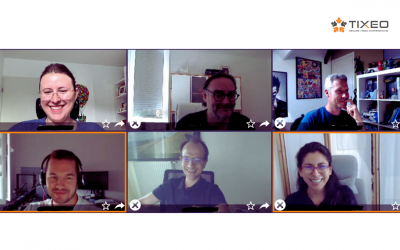Businesses are facing ever-greater cyber threats, and teleworking is exacerbating these risks. Julien, System and Security Administrator at Tixeo, gives us his advice on how to make teleworking (and teleworkers!) more secure. Why do companies need to improve...
5 tips to secure teleworking from Julien, System and Security Admin at Tixeo
read more



